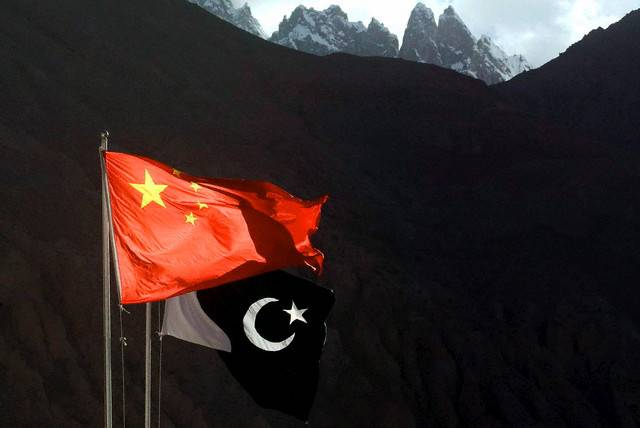BEIJING: China Pakistan Economic Corridor (CPEC) that is regarded as first chapter of Belt and Road Initiative unveiled three years ago has started delivering tangible results, contributing to Pakistan’s economy and creating momentum for long-term Sino-Pak socio-economic partnership.
Pakistan, infrastructure development is progressing rapidly thanks to the construction of the CPEC, it was officially stated here.
In April 2016, the reconstruction and upgrade work on the Pakistani section of the Karakoram Highway officially started. In May, construction of the Peshawar-Karachi Expressway (Sukkar-Multan section), the biggest transport infrastructure project under the China-Pakistan economic corridor, was officially launched.
Meanwhile, a 64-km stretch of the M4 highway connecting Shorkot to Khanewal in Pakistan's Punjab province broke ground in August. It is Pakistan's first highway project financed by the China-backed Asian Infrastructure Investment Bank.
With the economic corridor at the center and the Gwadar Port, transport infrastructure, energy and industrial cooperation being the four key areas, a "1+4" cooperation structure is gradually taking shape.
Proposed by Chinese President Xi Jinping, the initiative refers to the Silk Road Economic Belt that links China with Europe through Central and Western Asia by inland routes, and the 21st Century Maritime Silk Road connecting China with Southeast Asia, Africa and Europe by sea.
The initiative offers both a long-term development vision and real benefits in the near future.
Marking a milestone agreement for China-Greece collaboration, China's Cosco Shipping on Aug. 10 acquired a majority stake in Piraeus Port Authority through the Athens Stock Exchange.
The port is now ranked 39th globally up from 93rd in 2010 in terms of container capacity, and it can be considered a rising star partly due to its convenient geographic location, thanks to China's Belt and Road Initiative.
Piraeus is expected to operate as a hub in Europe for the 21st Century Maritime Silk Road, and to connect the Silk Road Economic Belt with the China-Europe Land-Sea Express Line, boosting economic growth in regions that the initiative covers.
Broad achievements have been scored since the 21st Century Maritime Silk Road was proposed by Xi three years ago.






